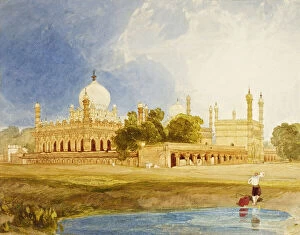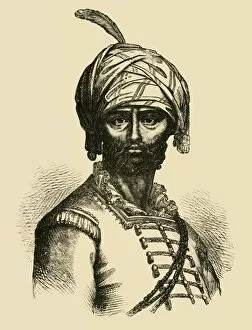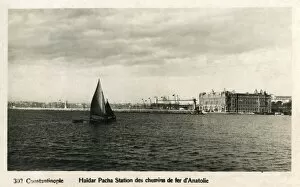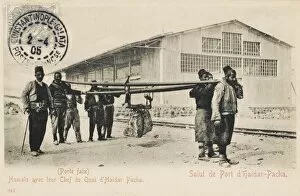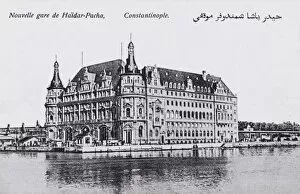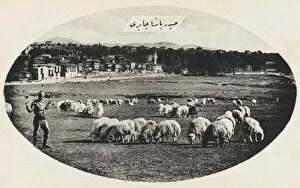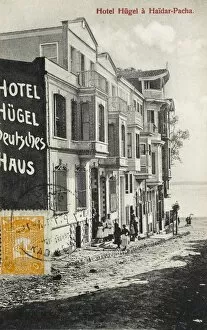Haidar Collection
Haidar Ali, also known as Hyder Ali, was a prominent figure in Indian history during the 18th century
All Professionally Made to Order for Quick Shipping
Haidar Ali, also known as Hyder Ali, was a prominent figure in Indian history during the 18th century. Born in 1722, he rose to power as the Sultan and de facto ruler of the Kingdom of Mysore. Known for his military prowess and strategic genius, Haidar Ali led numerous successful campaigns against rival kingdoms and European powers. One notable event in Haidar Ali's life was his presence at Conjeveram in 1780. Illustrated by Hutchinson, this depiction showcases his commanding presence and leadership skills on the battlefield. Another illustration from the same source portrays The Palace of Hyder Ali Khan, offering a glimpse into his opulent lifestyle. During his reign, Haidar Ali faced challenges from various quarters. Ottoman Army Entering a City is an artwork that symbolizes the conflicts he encountered during his rule. Despite these obstacles, he managed to maintain stability within his kingdom. Haidar Ali's legacy extends beyond India; even Baghdad has a mosque named after him - Haydar Khana Mosque - which featured on a World War I Christmas card. His influence reached far and wide. The Tomb of Tippu Sultan and Haidar Ali stands as a testament to their enduring memory in Mysore, India. This architectural marvel serves as a reminder of their contributions to Indian history. Even outside India, Haidar Pasha bears witness to Haidar Ali's impact on Istanbul with its Crimean War Memorial located at English Cemetery. Additionally, Hospital at Haydar Pasa highlights how he left an indelible mark on Turkey's healthcare infrastructure. Although much about him remains unknown today due to limited historical records available about him specifically (as opposed to references), one thing is certain: Haidar/Hyder Ali played an instrumental role in shaping South Asian history during the 18th century through his military achievements and administrative reforms.



